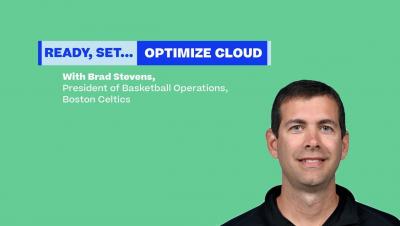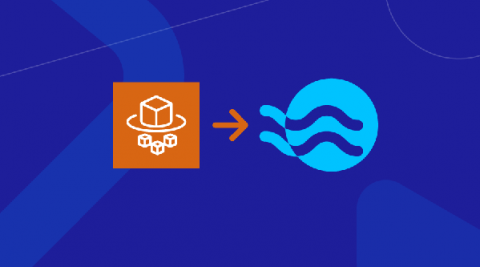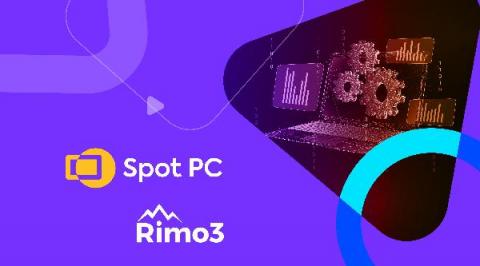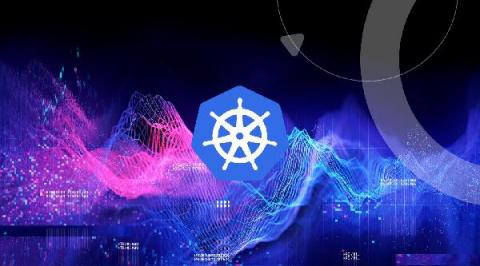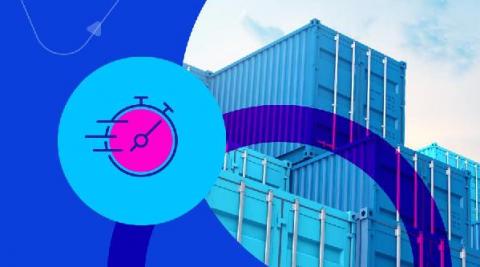Operations | Monitoring | ITSM | DevOps | Cloud
September 2021
Import ECS Fargate into Spot Ocean
AWS Fargate is a serverless compute engine for containers that work with both Amazon Elastic Container Service (ECS) and Amazon Elastic Kubernetes Service (EKS). With Fargate handling instance provisioning and scaling, users don’t have to worry about spinning up instances when their applications need resources. While this has many benefits, it’s not without its share of challenges which can limit its applicability to a wide variety of use cases.
Reliable Applications for Cloud Desktops with Spot PC and Rimo3
Moving employees to Azure Virtual Desktop (AVD) or Windows 365 can have many advantages, including: But migrating to a virtual desktop environment also has its challenges. Perhaps the largest is ensuring that applications can be installed on the virtual desktop environment. And then, beyond installation, ensuring that each application performs at least as well as in the users’ former environment.
Use Ocean's Cluster Roll to update nodes
Kubernetes has what you may consider an aggressive release cycle. There have been three to four releases per year since 1.0 was released in July of 2015. Perhaps you’ve found it all too easy to get behind a couple of versions. Running the latest, or nearly latest release will help protect your organization from security issues. This is because releases are deprecated once they fall three minor versions behind the latest. Staying current isn’t just about security though!
Mounting FSx for ONTAP volumes to Kubernetes pods
Last week, AWS and NetApp announced the general availability for AWS FSx for NetApp ONTAP. In this blog post, we’ll go through the steps to create a FSx for ONTAP filesystem, and you’ll learn how to create volumes using Kubernetes resources with Astra Trident, and how to mount those volumes to pods. As a prerequisite, make sure to register to the Spot platform, connect your AWS account and have a Kubernetes cluster connected to Ocean using the following guides.
Fast, highly available, shared storage for containers that natively integrates with your compute infrastructure
With containerized workloads now the norm, and Kubernetes the chosen method for orchestration, new ways of operating and managing the underlying infrastructure have emerged. In this Kubernetes-first world, the goal is to not have to think about managing compute or storage.


